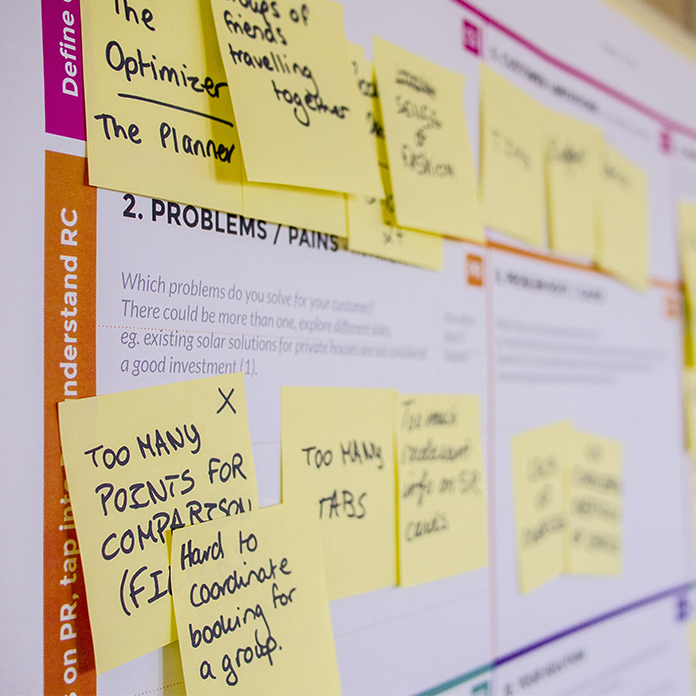Apache Maven | Java | POM | Eclipse | Jenkins
Apache Maven is a build automation tool mainly used for Java projects. Maven deals with two aspects of software development:
First, it describes how software is created, and second, it describes its dependencies. Maven provides a common interface for build automation across different projects, which means that once you understand the basic structure and concepts of Maven, you should be able to build any Maven project.
Maven is based on the concept of a Project Object Model (POM), which is essentially an XML file that contains information about the project, such as the dependencies on external libraries, the build directory, and so on. Maven uses this POM file to manage the entire build process, including downloading the required dependencies, running tests, and packaging the code into a deployable format.
Maven is often used in conjunction with other technologies, such as:
Java: Maven is most commonly used to create Java-based projects, but it is not limited to Java and can be used with other programming languages as well.
Apache Ant: Maven is often compared to Ant, another build automation tool. Ant is based on a set of tasks defined in an XML build file, while Maven is based on a POM and a set of conventions to define the build process.
Eclipse: Maven can be used with the Eclipse integrated development environment (IDE) via the M2Eclipse plugin, which allows developers to manage Maven projects from within Eclipse.
Jenkins: Jenkins is a continuous integration server that can be used to automatically build and test Maven projects on a regular basis.
Overall, Maven is a powerful tool that helps developers automate the build process for their projects so they can focus on writing code instead of worrying about the details of the build process.
BITS experts have used Maven in a variety of projects. A selection of case studies and references can be found below.


